Architectural photographers take images of whole structures, general views or fine details of the exterior or interior of a building or structure.
Architectural photographs are used in photomontages to show the proposed building in its context or for marketing and advertising purposes once the building is constructed. Once establishing ones name, private clients may also wish private albums of high quality, specialist photographs.
Large negatives or initial images are required for the large scale prints needed (A4 size and up): The high degree of definition and detail required in architectural photography necessitates skill and specialist equipment including lenses and movable planes of focus to correct the distortion, including converging verticals, which always occur when photographing any building or interior. Currently the minimal acceptable cameras are medium range format cameras using 120 film, while the usual and preferred are field cameras providing up to 10×8 inches or larger negatives. For more see “Photography Equipment” thread on the SAI forum.
For further information please contact SAI adviser Chris Lock FSAI.
Basic challenges
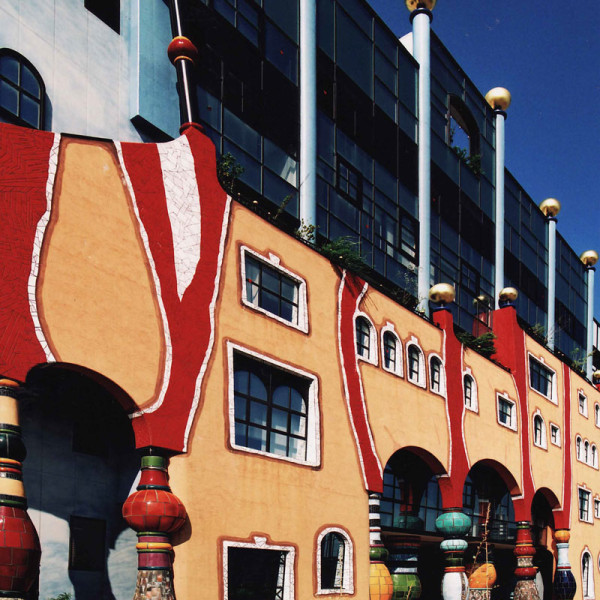
Convergence
Just as in architectural illustration verticals are nearly always required without convergence (i.e. parallel to the edge of the photograph) except when exceptionally close to a building through unavoidable space restraints. Even in such latter cases, however, some correction of convergence will be necessary.
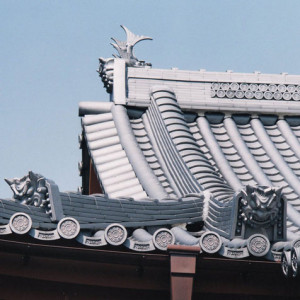
Composition
Architectural photographers often employ the Rule of Thirds. Most images when divided into three both horizontally and vertically should find certain photographic elements in each of the resulting 9 sections giving a more interesting and vibrant image.
Additional principles of slightly off-center (similar to the golden section), compositional lines converging on the subject, and Japanese wabi sabi, to mention a few, also enliven photographs.
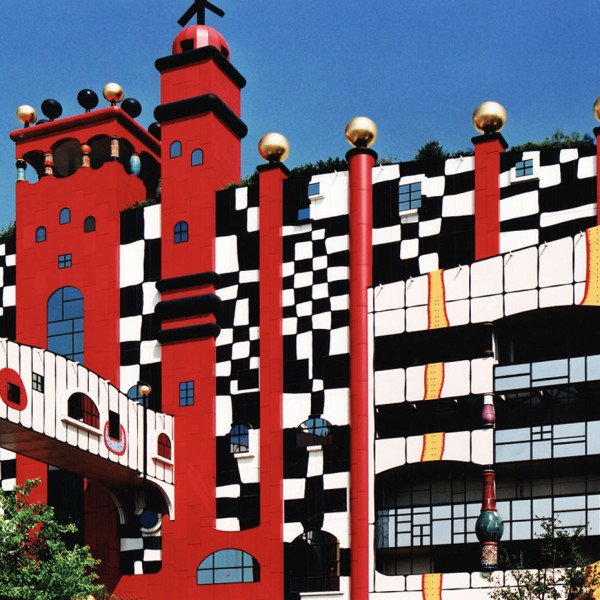
Colour
A good colour photograph has accurate color rendition across the spectrum. When primary colors are reproduced they should be close to pure without shifts in hue. Special care needs be taken with shadows, and with blacks and whites. A pure red, blue and yellow together in a photograph show the colour rendition is accurate.
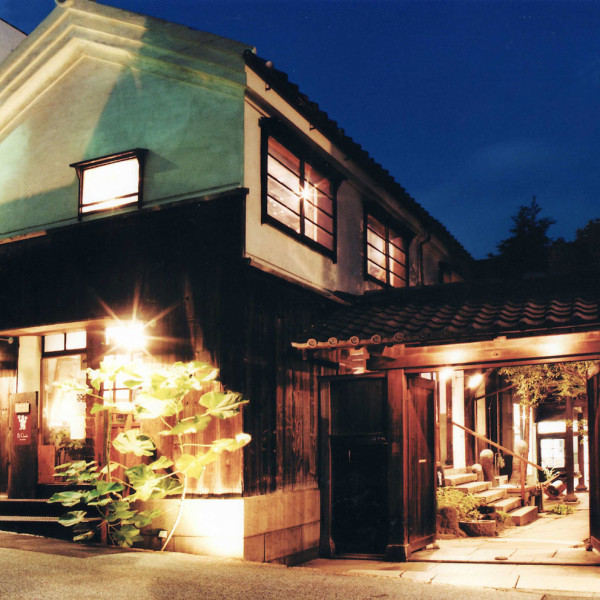
Photoshop
A good large image of A4 size or more can be worked on considerably in Photoshop: convergence lines can be fine tuned and nullified through “distort”; intrusions can be erased and broken glass repaired using “clone” and other tools; and very much more.
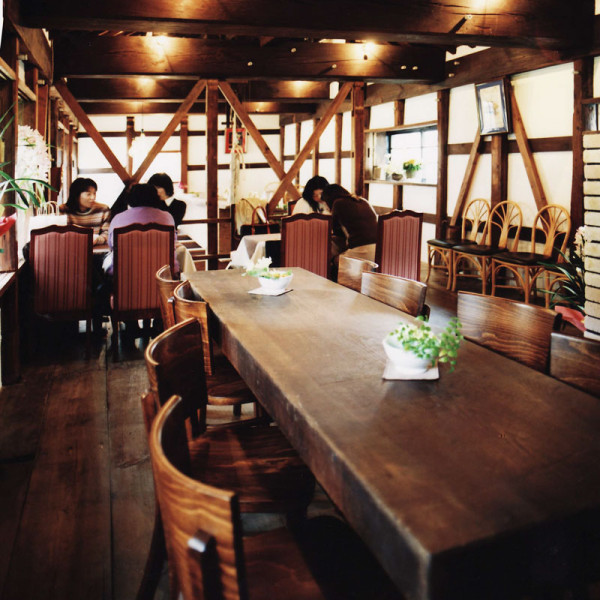
Interiors
Interiors photographs can be troubling to take, requiring a tripod and special, cumbersome and expensive lighting apparatus. Local interior lighting alone usually gives colour shift and colour in the shadows or just a dull picture. A minimum and cheaper standby that sometimes works is a back up medium format camera with its own flash unit. Occasionally though, you can strike lucky.
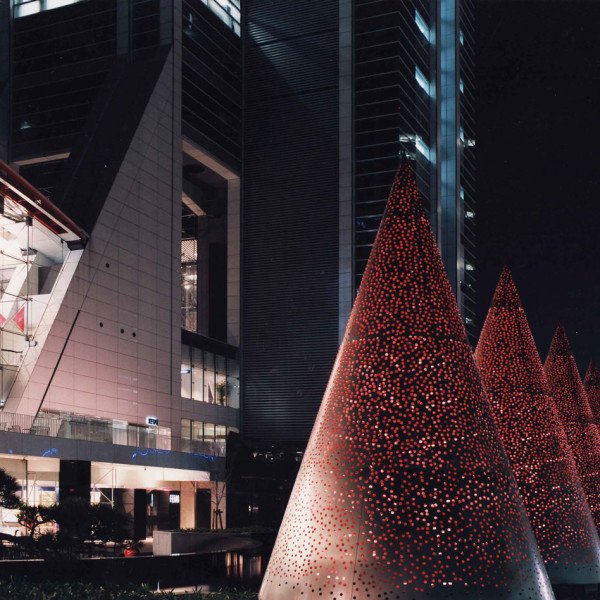
Light up shots
Light up shots are taken with all the lights on in the building or structure in the narrow window of time just after sunset when the sky turns blue in the photograph (even on a cloudy evening) and just before the sky turns black. A sturdy tripod is absolutely necessary for these time exposure shots.

